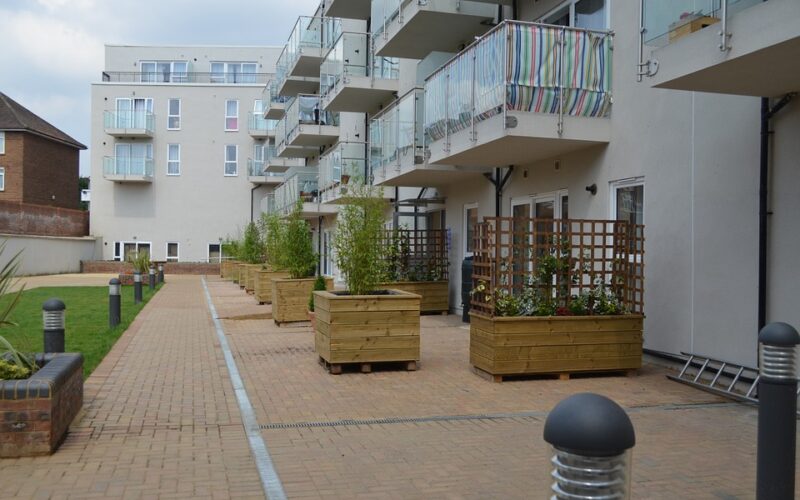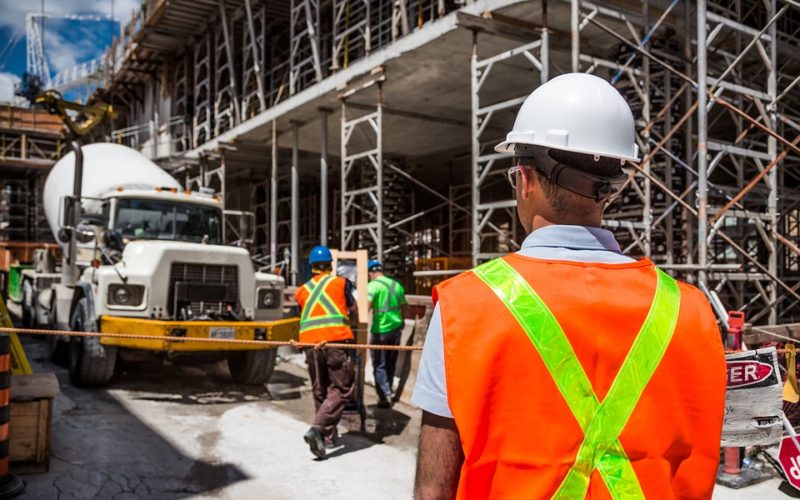When traveling through the country, we tend to see countless centres popping up in cities. These shopping centres, tempting with their sprawling stores and variety of products on sale can draw customers away from the stores that line town centres. But how exactly does this impact our local economies? Have out of town shopping centres become a boon or a bane for our inner-city businesses?
By exploring the effects these large commercial areas have had on local markets, we can start to form solutions as to why this trend started and what could be done in order to keep our towns thriving. Keep reading as we investigate into how out of town shopping centres are influencing urban neighbourhoods!
Financial benefits of local shopping centres
Shopping centres have become a cornerstone of modern society, providing a one-stop shop for all our needs and desires. While we may be tempted to shop online or head to a big-box store, the financial benefits of shopping locally cannot be ignored. By choosing to shop at a local shopping centre, you not only support local businesses and boost the local economy, but you also save money in the long run.
Local retailers often offer competitive prices, unique products, and personalised customer service that you won't find at larger retailers. Additionally, shopping locally reduces transportation costs and supports sustainable practices, all while preserving the character and charm of your community.
How town centres are impacted by out of town retailers
One of the biggest changes in the retail industry in recent years has been the rise of out of town retailers. These large shopping centres and centres have lured shoppers away from traditional town centres and high streets with their extensive offerings and easy parking facilities. As a result, many town centres have struggled to keep up with these big competitors, with many local businesses going out of business. Despite this, some town centres have managed to find ways to adapt and remain relevant, often by focusing on niche markets or promoting their unique charm and character.
Examining how town centres are impacted by out of town retailers is essential for understanding the changing face of retail and how communities can adapt and thrive in the face of ongoing shifts in the industry.
Assessing the negative effects of out of town shopping centres
As shopping centres become more prevalent across the country, a growing concern has emerged around the negative effects they can have on local economies and communities. Out of town shopping centres are particularly problematic, as they draw shoppers away from city centres and into more isolated areas. This not only reduces footfall for local, independently-owned businesses, but also increases traffic congestion and carbon emissions from commuters driving to and from the centre.
In addition, many out of town centres offer limited employment opportunities and tend to prioritise large, chain stores over local businesses. All of these factors combined can have a significant impact on the vitality and sustainability of communities within the surrounding areas.
Exploring strategies to help town centres
As more and more customers opt for the convenience of shopping at out-of-town retail parks, town centres are left struggling to keep up. However, all is not lost. There are various strategies that can be implemented to help town centres compete with their out-of-town counterparts. One tactic that has worked well in some areas is the creation of a more varied shopping experience, using a mix of local and national retailers together with cafes, restaurants and leisure facilities.
Encouraging local, independent businesses to set up shop in town centres can also set them apart from the chain stores that dominate out of town retail parks. By creating a more attractive and unique shopping environment, town centres can reclaim their place at the heart of local communities.











